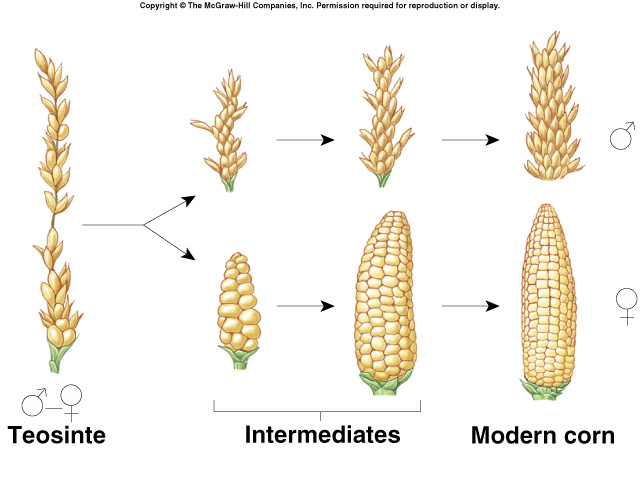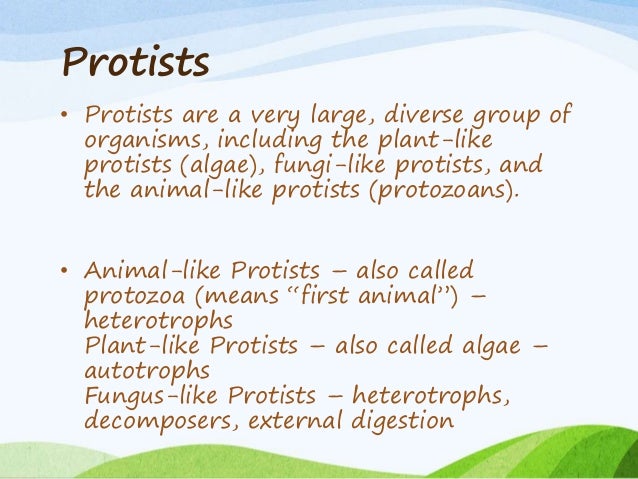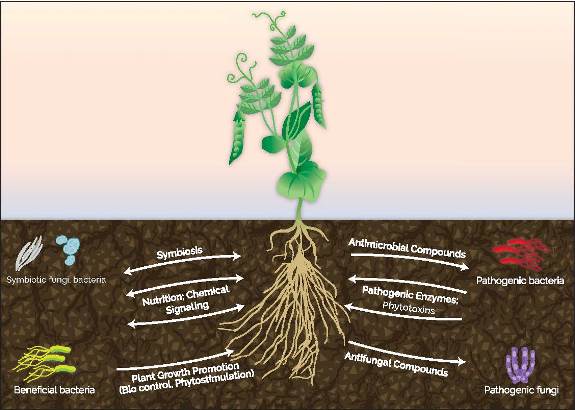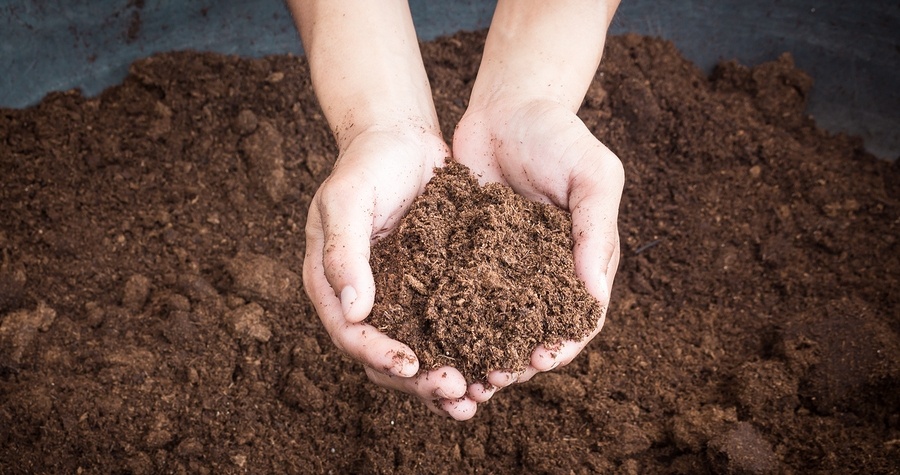Animal agriculture vs plant agriculture information
Home » Trend » Animal agriculture vs plant agriculture informationYour Animal agriculture vs plant agriculture images are ready. Animal agriculture vs plant agriculture are a topic that is being searched for and liked by netizens now. You can Get the Animal agriculture vs plant agriculture files here. Get all royalty-free vectors.
If you’re searching for animal agriculture vs plant agriculture images information related to the animal agriculture vs plant agriculture topic, you have visit the right blog. Our website frequently provides you with hints for seeing the highest quality video and image content, please kindly surf and find more informative video content and graphics that fit your interests.
Animal Agriculture Vs Plant Agriculture. It includes in addition other pursuits that may or may. After gathering wild grains beginning at least 105,000 years. There are also significant differences in ghg. The plants, soil, and animals all depend on one another for nutrients and habitat.
 Introduction to Darwinian Evolution From faculty.uca.edu
Introduction to Darwinian Evolution From faculty.uca.edu
Some researchers put the impact of animal agriculture at 27% of human water usage globally for the production of livestock (including water used to grow the feed grains) (mekonnen and hoekstra, 2011).other researchers have much lower estimates, such as 8% (reviewed by girard, 2012).while the basis of the difference. After gathering wild grains beginning at least 105,000 years. Agriculture is the practice of cultivating plants and livestock. Environmental protection agency (epa) data indicate that only about 3 percent of agricultural ghg emissions in the us are caused by animal agriculture. Animal agriculture puts a heavy strain on many of the earth’s finite land, water and energy resources. Animal agriculture and global warming.
Actually, it takes about 3.3.
In common with farming and husbandry it implies the cultivation of the soil, the production and harvesting of crops, the care and breeding of livestock; Animal agriculture puts a heavy strain on many of the earth’s finite land, water and energy resources. It includes in addition other pursuits that may or may. Animal agriculture, or factory farming as it’s commonly known, is the mass industrialization of the breeding, raising, and slaughter of animals for human consumption. Farming and husbandry are two major divisions of agriculture. It includes the preparation of plant and animal products for people to use and their distribution to markets.
 Source: nationalhogfarmer.com
Source: nationalhogfarmer.com
Animal products include foods such as milk, Actually, it takes about 3.3. Agriculture is by far the most comprehensive of these terms; Farming and husbandry are two major divisions of agriculture. The history of agriculture began thousands of years ago.
 Source: faculty.uca.edu
Source: faculty.uca.edu
In common with farming and husbandry it implies the cultivation of the soil, the production and harvesting of crops, the care and breeding of livestock; There are also significant differences in ghg. For example, animal agriculture is responsible for emitting 18% of all greenhouse gasses, and this is expected to increase 80% by the year 2050. The plants, soil, and animals all depend on one another for nutrients and habitat. Animal feed, a key element of industrialized agriculture, is made from corn and soybeans that are cheap for feed companies to purchase owing to government subsidies.
 Source: slideshare.net
Source: slideshare.net
The history of agriculture began thousands of years ago. Animal production impacts water globally. In common with farming and husbandry it implies the cultivation of the soil, the production and harvesting of crops, the care and breeding of livestock; It includes the preparation of plant and animal products for people to use and their distribution to markets. In addition, plants aren’t slaughtered, a process that demands 132 gallons of water per animal carcass.
 Source: agritek.co.nz
Source: agritek.co.nz
Animal agriculture puts a heavy strain on many of the earth’s finite land, water and energy resources. Fruit and vegetable agriculture also contributes to our water footprint, but not as significantly as animal agriculture. In addition, plants aren’t slaughtered, a process that demands 132 gallons of water per animal carcass. For example, animal agriculture is responsible for emitting 18% of all greenhouse gasses, and this is expected to increase 80% by the year 2050. Animal agriculture puts a heavy strain on many of the earth’s finite land, water and energy resources.
 Source: holganix.com
Source: holganix.com
What is the difference between agriculture and farming? After gathering wild grains beginning at least 105,000 years. Animal agriculture and global warming. It includes in addition other pursuits that may or may. Fruit and vegetable agriculture also contributes to our water footprint, but not as significantly as animal agriculture.
This site is an open community for users to share their favorite wallpapers on the internet, all images or pictures in this website are for personal wallpaper use only, it is stricly prohibited to use this wallpaper for commercial purposes, if you are the author and find this image is shared without your permission, please kindly raise a DMCA report to Us.
If you find this site beneficial, please support us by sharing this posts to your preference social media accounts like Facebook, Instagram and so on or you can also bookmark this blog page with the title animal agriculture vs plant agriculture by using Ctrl + D for devices a laptop with a Windows operating system or Command + D for laptops with an Apple operating system. If you use a smartphone, you can also use the drawer menu of the browser you are using. Whether it’s a Windows, Mac, iOS or Android operating system, you will still be able to bookmark this website.
Category
Related By Category
- Animal magic information
- Animal free shoes information
- Amazon prime anime information
- Anime awards 2017 information
- Animal crossing amiibo cards new horizons information
- Animal with i information
- 3d animation art styles information
- Animal crossing mole information
- Animated shakespeare information
- Animal kingdom tnt wiki information